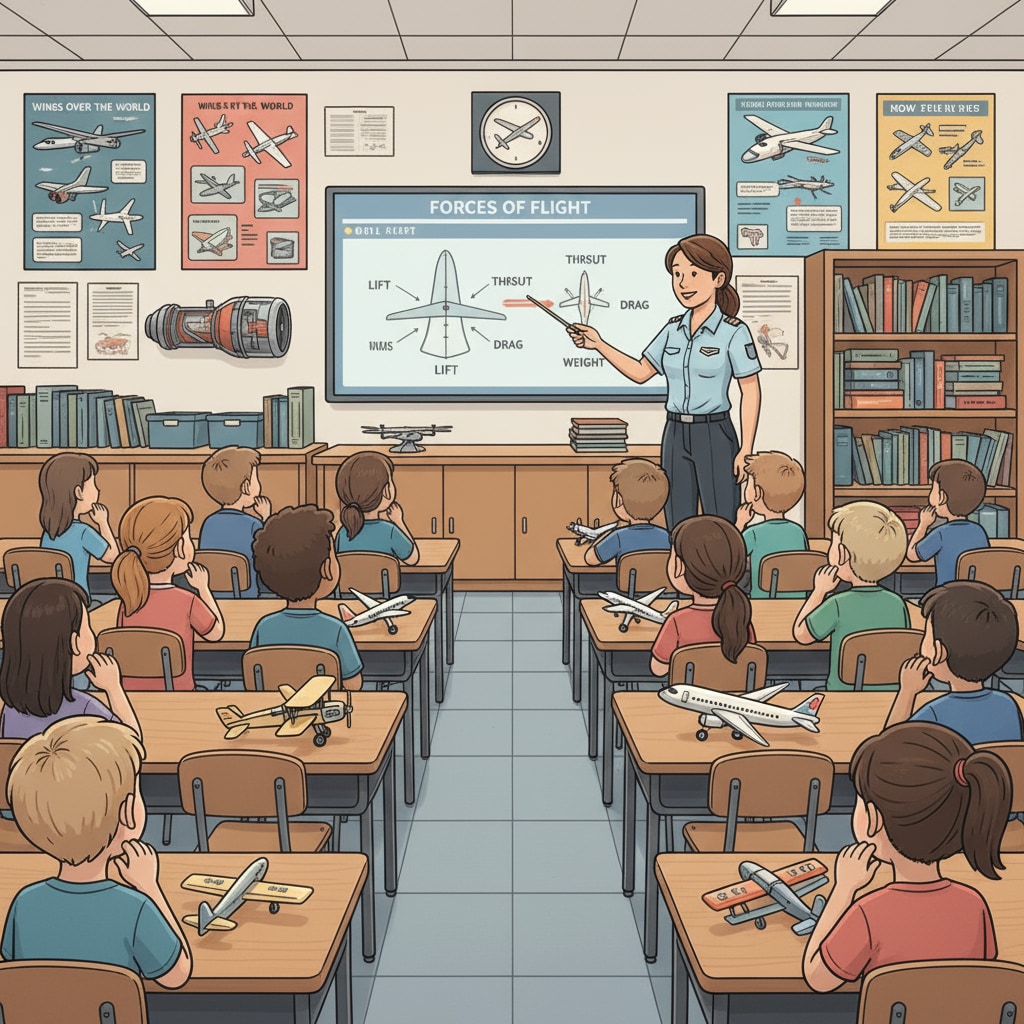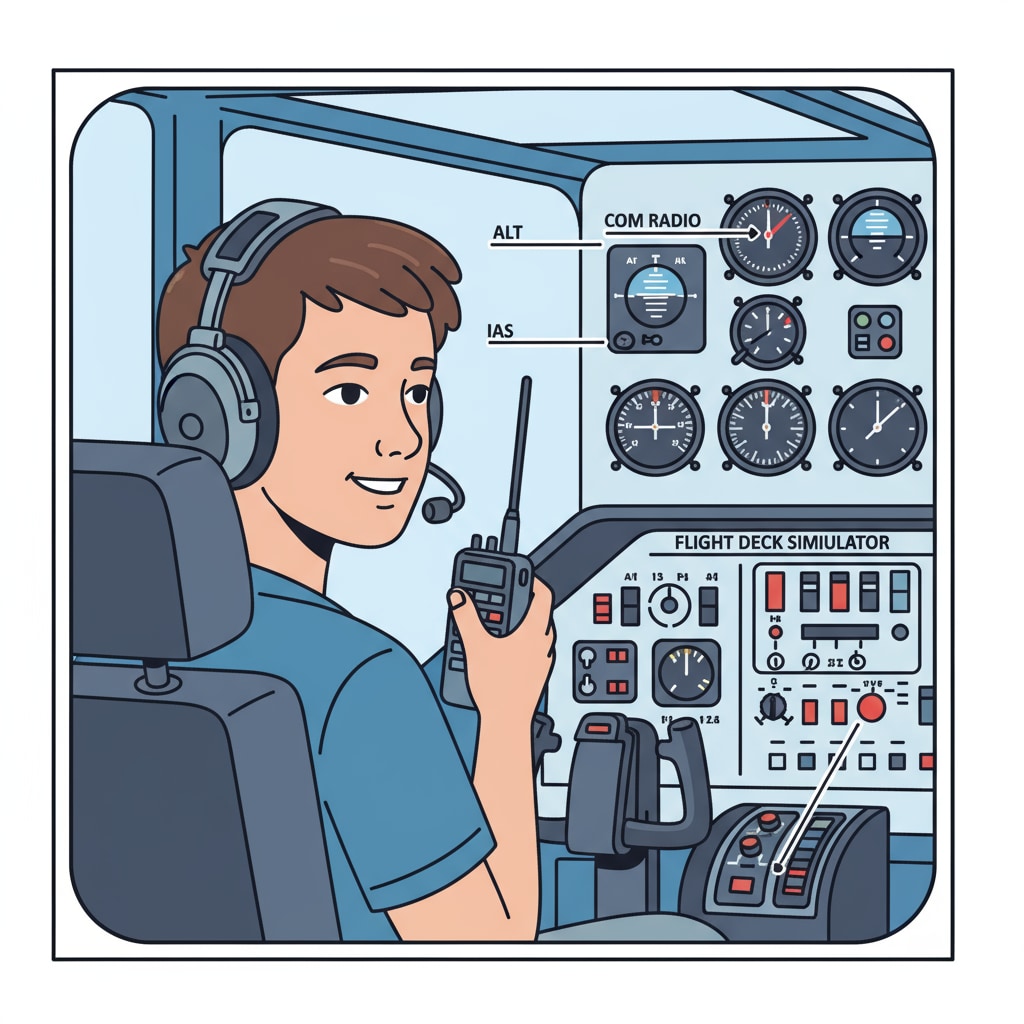Pilot skills, decision-making abilities, and situational awareness are the cornerstones for anyone aspiring to become a pilot. In the K12 education phase, it’s crucial to start cultivating these essential capabilities early on.

As students progress through their academic journey, a well – structured educational approach can set them on the path to a successful aviation career.
The Foundation of Communication Skills
Effective communication is at the heart of being a pilot. In the aviation world, clear and precise communication can mean the difference between a safe flight and a potential disaster. K12 educators can start by emphasizing verbal and written communication in the classroom. For example, group projects that require students to present their findings can enhance their public speaking skills. Additionally, teaching proper radio communication protocols, even in a simulated environment, can give students a head start. According to Aviation communication on Wikipedia, clear communication helps pilots interact with air traffic control, co – pilots, and ground staff effectively.

Developing Decision – Making Abilities
Decision – making is another vital aspect of pilot skills. Pilots often face complex and time – sensitive situations where they must make the right choices quickly. In K12, educators can use problem – solving exercises to train students’ decision – making muscles. For instance, presenting real – life scenarios like emergency situations in a flight and asking students to come up with solutions. This hands – on approach helps students understand the thought process behind making sound decisions. As stated on Aviation on Britannica, the ability to make accurate decisions under pressure is a key attribute of a professional pilot.
Moreover, discussions about risk assessment and weighing different options can also be incorporated into the curriculum. By analyzing various situations and their potential outcomes, students learn to make informed decisions, which is a fundamental part of pilot decision – making.
Cultivating Situational Awareness
Situational awareness is the ability to understand the current situation and predict future developments. For pilots, this means being aware of weather conditions, aircraft systems, and other factors that could impact the flight. In K12, introducing subjects like meteorology and basic engineering can help students develop a sense of situational awareness. Field trips to weather stations or aircraft maintenance facilities can also provide practical insights. For example, students can learn how weather patterns affect flight routes and how to monitor aircraft systems for any anomalies.
In addition, teaching students to be observant and pay attention to details is crucial. Simple activities like nature walks where students have to note down changes in the environment can enhance their observational skills, which are transferable to the cockpit.
Readability guidance: In this article, we’ve explored how to cultivate essential skills for future pilots in K12 education. We started with communication skills as the foundation, moved on to decision – making abilities, and then focused on situational awareness. By integrating these aspects into the K12 curriculum, we can help students develop the pilot skills, decision – making abilities, and situational awareness needed for a successful aviation career.


